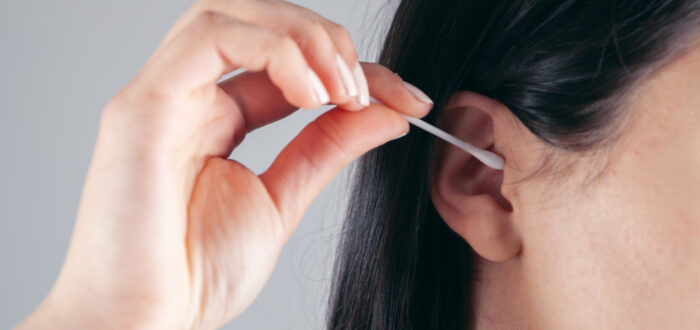Cerumen, or earwax buildup, is a natural substance produced by the glands in the ear canal. Its purpose is to protect the ear by trapping dust, debris, and harmful microorganisms. However, in some cases, cerumen can become impacted, leading to discomfort, hearing difficulties, and other related symptoms. At the Hearing, Balance & Speech Center, we specialize in providing comprehensive care for various ear-related conditions, including impacted cerumen.
In this article, we will explore the nature of impacted cerumen, including its causes, symptoms, and available treatment options, to help you better understand and manage this condition effectively.
- Understanding Impacted Cerumen: Impacted cerumen occurs when the natural process of earwax removal is disrupted, leading to a buildup in the ear canal.
- Causes of Impacted Cerumen: Several factors contribute to the development of impacted cerumen. This includes excessive cerumen production, Some individuals naturally produce more earwax than others, increasing the risk of impaction. There’s also ear anatomy, certain ear canal shapes or narrow passages can make it easier for cerumen to become impacted. Another factor could be Improper ear cleaning, using cotton swabs, bobby pins, or other objects to clean the ears can push the earwax deeper into the ear canal, leading to impaction.
- Symptoms of Impacted Cerumen: Recognizing the symptoms associated with impacted cerumen can prompt timely intervention and treatment. Some of these symptoms are earache or pain, Tinnitus (ringing, buzzing, or hissing sound in the ear), Ear fullness or pressure and Dizziness or vertigo.
- Treatment Options for Impacted Cerumen: Several methods are available for managing impacted cerumen. It is crucial to seek professional advice for proper diagnosis and treatment. In some cases, a healthcare provider may physically remove the impacted cerumen using specialized tools and techniques. Make sure to consult a hearing healthcare professional at the Hearing, Balance & Speech Center for personalized treatment plan and guidance.
- Prevention of Impacted Cerumen: Taking preventive measures can help minimize the risk of impacted cerumen. Prevention techniques like avoiding inserting objects in the ear. These can push the earwax deeper into the ear canal, increasing the likelihood of impaction. Another preventative measure is to be cautious with earbuds and hearing aids. When using these, ensure they fit properly and clean them regularly to prevent earwax buildup. Lastly, consider regular ear hygiene and gently clean the outer part of the ear with a damp cloth. However, avoid inserting anything into the ear canal to prevent pushing the cerumen deeper.
Have a Question? Need Help? Contact Us Today!
Impacted cerumen can lead to discomfort, hearing difficulties, and related symptoms. Understanding its causes, recognizing the symptoms, and seeking appropriate treatment are vital for managing this common condition effectively. At the Hearing, Balance & Speech Center, our dedicated team is committed to providing comprehensive care for individuals with impacted cerumen and other ear-related conditions. If you or someone you know is experiencing symptoms of impacted cerumen, contact us for personalized care and guidance.
Don’t let hearing loss hold you back—take the first step towards better hearing. If you’d like to book an appointment, please call us today on 203-774-5642 or request an appointment online.

